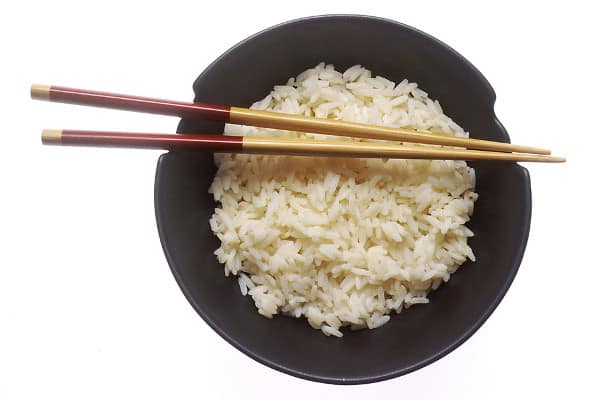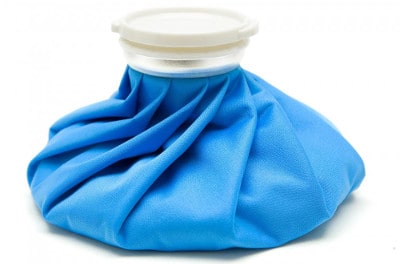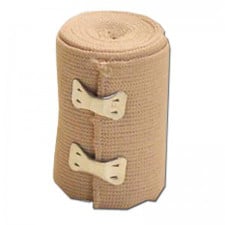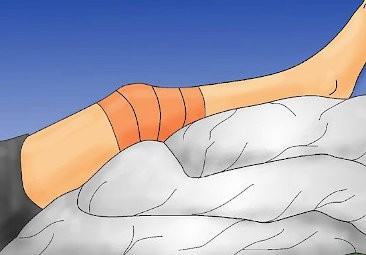Knee Pain? Try a little RICE at home!

If you are suffering from knee pain, swelling, and stiffness then you might consider trying some RICE at home before exploring options like non-surgical stem cell therapy.
RICE stands for:
Rest
Ice
Compression
Elevation
REST

First, rest and protect the sore or injured area. If a certain activity is causing you pain or soreness, you should consider taking a break from it. Perhaps you can replace it with a different activity that doesn’t cause soreness or pain.
ICE

Ice is used to reduce swelling and pain. If you’ve been injured, apply cold packs or ice as soon as possible to minimize swelling. Apply for 10 – 20 minutes at least 3 times per day.
It is usually best to avoid activities that can increase swelling for the first 48 hours. This includes: alcoholic beverages, hot packs, hot tubs and hot showers.
Once the swelling has gone down, usually after 48 – 72 hours, you may begin applying moist heat and start gentle exercise to restore and maintain flexibility.
COMPRESSION

Using an elastic bandage to wrap the problem area can help reduce swelling.
Wrapping too tightly can increase swelling so be sure to loosen the bandage if it gets too tight. If you feel any tingling, numbness, coolness, increased pain or swelling underneath the bandage, it’s probably too tight and you should loosen it. Also, look for discoloration (blue or purple) below the bandage. This indicates blocked blood flow.
Keep in mind that the elastic bandage is NOT intended to stabilize your knee or protect it from further injury.
If your knee is unstable or you still need compression after 48 – 72 hours, you may have a serious problem and should contact our staff or your local doctor for an appointment.
ELEVATION

Whenever you are applying ice, sitting, or lying down, you can minimize swelling by propping your knee up above heart level using pillows.
OTHER HELPFUL TIPS
- Reduce stress on the injured joint by using a crutch or cane in the hand opposite your painful knee. These can usually be found at your local pharmacy.
- If a cane causes you to walk with a limp, you can use two crutches to keep weight off your sore knee.
- Rub or gently massage your knee to help blood flow and to relieve pain. If rubbing or massaging causes pain, stop.
- As long as you have pain and/or swelling you should refrain from high-impact activities like tennis, skiing, and running.
WHEN IT’S TIME TO SEE YOUR DOCTOR
- Infection
- Swelling lasting for more than 48 hours
- Increased calf pain, which could be a sign of a blood clot
- Your knee becomes hard to move after 48 hours
- Your foot, lower leg or knee turns pale or looks blue
- Your symptoms do not improve after RICE
- Your symptoms worsen over time

